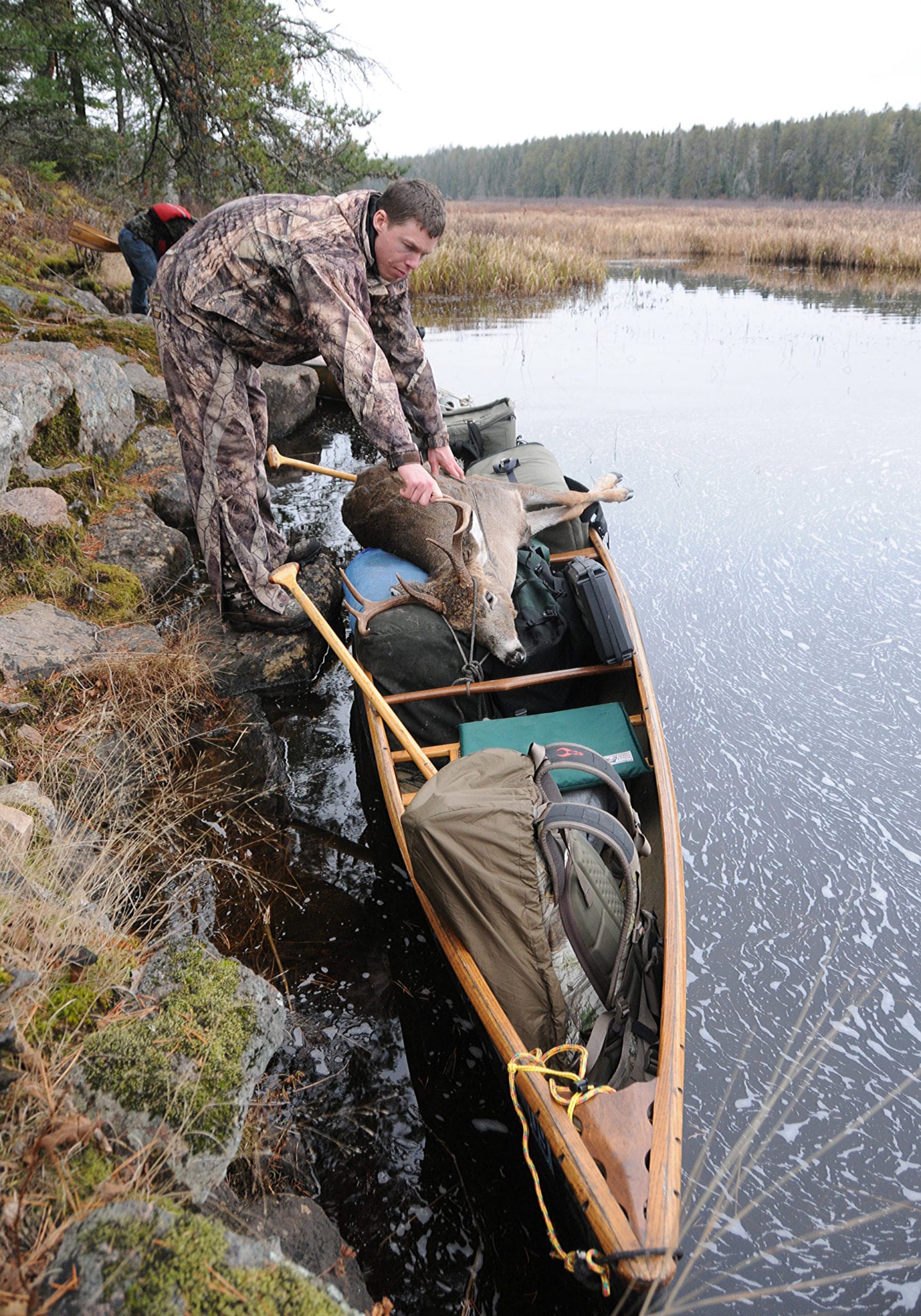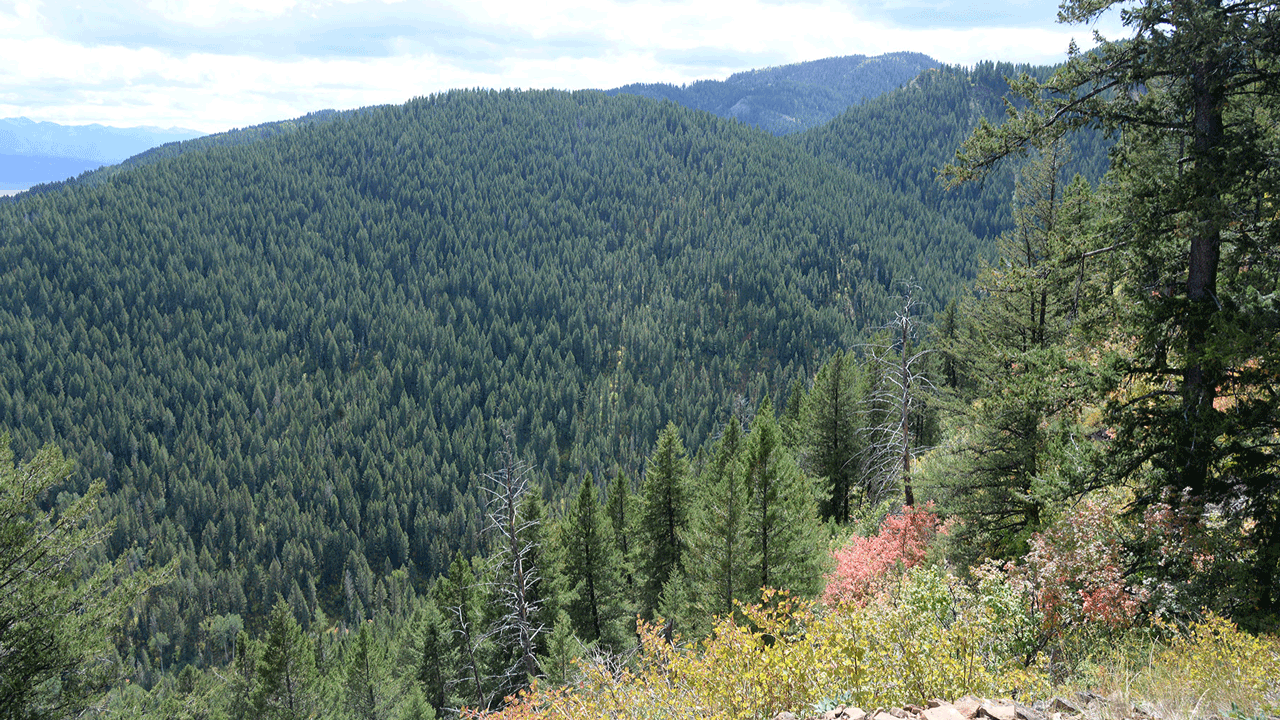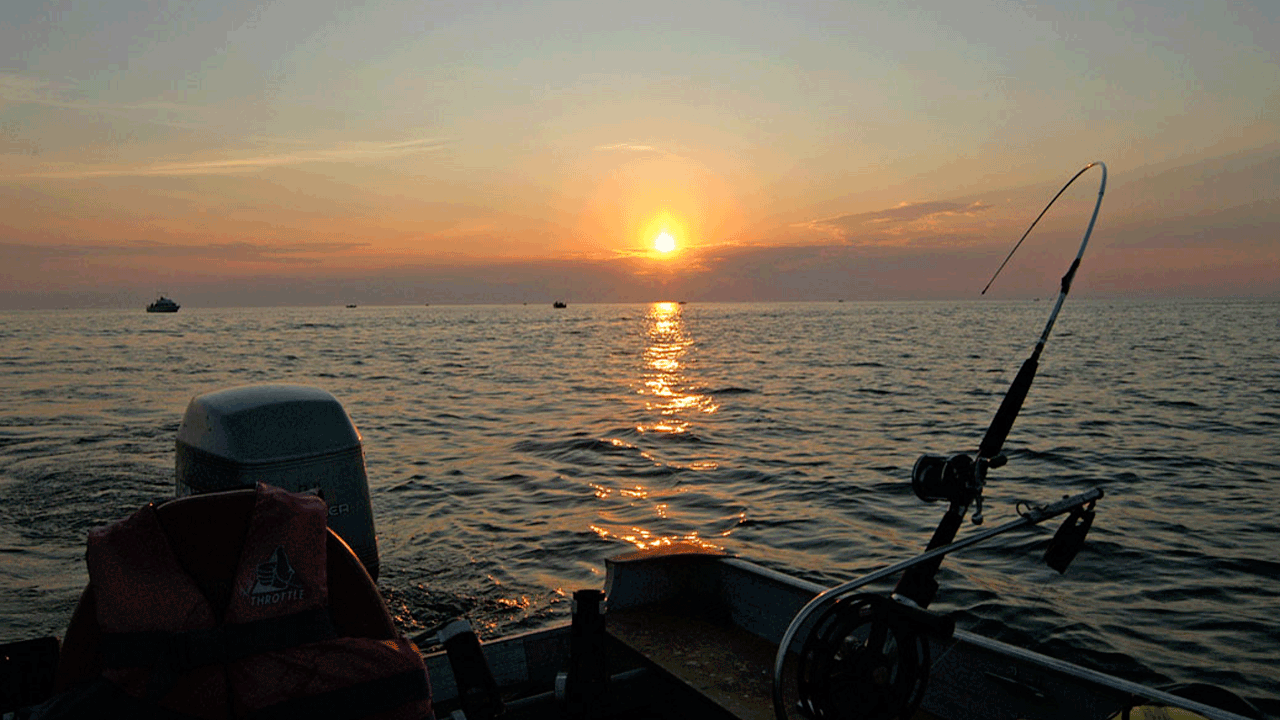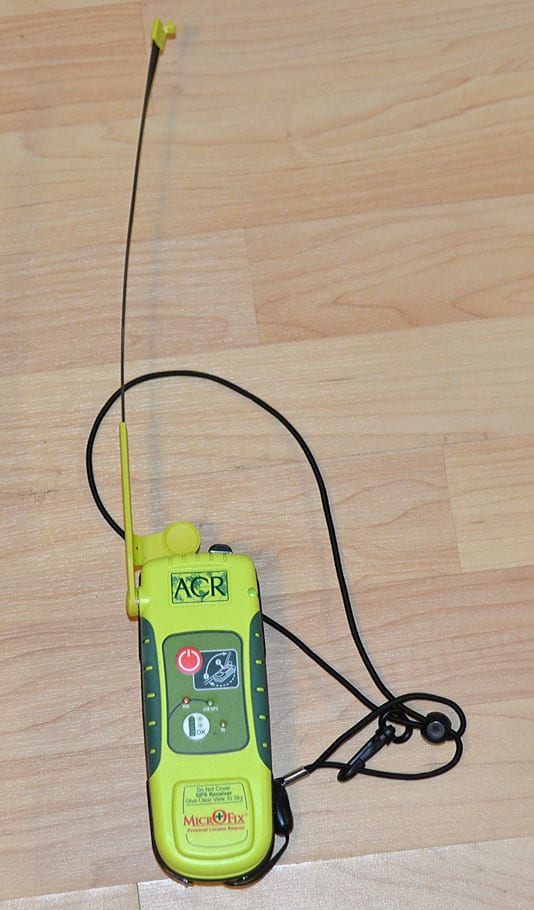Before heading into the Boundary Waters Wilderness to hunt whitetails, I make sure my backpack holds my lunch, compass, GPS unit and personal locator beacon.

No one who paddles into the back country to hunt deer plans to drown or get stranded.
Likewise, before leaving the dock to fish for salmon and trout on Lake Michigan, I don a lifejacket, plop a blaze-orange boonie hat atop my head, and snap and strap that same PLB atop my left breast.
I’m not paranoid about drowning or falling down a granite ledge, but I think my friend Tom Heberlein said it best: “No one who climbs into a boat for fun thinks they’re going out to drown.” And yet, over 500 boaters or boat-borne anglers die each year in the United States in boating accidents, according to the National Safe Boating Council.
And most of those deaths are drownings, according to the Centers for Disease Control. Roughly 332 people drowned annually from 2005 to 2014 in boating-related incidents, the CDC reports. Most weren’t wearing a lifejacket when they suddenly found themselves in the water after capsizing, foundering or falling overboard.
OK. So that explains my lifejacket. The orange hat? It serves two purposes. First, other boaters see it easily from afar. So what if it makes me look like a clown? And if I do end up in the water, I stand a decent chance of being found as long as the hat covers my Bozo head.
What about the personal locator beacon, or PLB? I never leave shore or my hunting truck without it. In an emergency, it automatically pinpoints my location with GPS technology and seeks help. I bought my PLB a few years ago for $500 when realizing how much time I spend on Lake Michigan, and hunting alone in desolate parts of the Rocky Mountains and northeastern Minnesota.

The Rocky Mountains are no place to get complacent or careless. Don’t rely on your cell phone to summon help.
Just one bone-breaking tumble far from camp and cell-phone signals would make $500 seem like chump change. Besides, if you can afford nonresident hunting licenses and gas money to get you there, why balk at buying a device that lasts years and summons help from anywhere on Earth with one finger? Besides, my PLB is an earlier model, and their price and size have come down in recent years. They cost about $250 to $375, depending on their features.
Boaters, of course, often prefer an “emergency position-indicating radio beacon,” or EPIRB, which is registered to a boat, not a person. Some mount in the boat for easy, reliable access. Other EPIRBs can be worn or stowed in a ditch-bag, a compact floating bag that holds items a boater might need in emergencies. EPIRBs float and they’re waterproof. Some models operate manually, while others automatically activate when entering water.
When triggering emergency beacons, you better be in trouble because military-directed search-and-rescue teams will soon be coming for you. They don’t take false alarms lightly. The beacon sends your 15-digit “unique identification number,” or UIN, to satellites monitored by the National Oceanic and Atmospheric Administration, and keeps transmitting for at least 48 hours.
Orbiting satellites pinpoint your location as quickly as 30 seconds, and relay the information to mission control in Maryland. The system then sends your location and personal information to the U.S. Coast Guard for water rescues, and the Air Force Rescue Coordination Center in Virginia for land-based rescues.
Either way, local search-and-rescue forces quickly receive the information and roll into action. When they arrive, you won’t need to introduce yourself. They already know you. Owners must register their PLB with NOAA, which sends reminders every other year to update the registration, which takes just a few minutes online. The registration requires your home address and phone numbers, and phone numbers for your primary and alternate emergency-contact people. Meanwhile, the manufacturer suggests testing the PLB’s battery monthly, which takes about 10 seconds.

No matter how beautiful the scene, you can’t find a more indifferent environment than a big body of cold water.
Despite their many life-saving assets, PLBs and EPIRBS remain uncommon among hunters and anglers. Even so, the Coast Guard recommends their use.
“They’re absolutely a huge help,” said Chief Petty Officer Bobby Nash in the Coast Guard’s District 9 public affairs office in Cleveland, which covers all of the Great Lakes. “A registered PLB or EPIRB takes the search out of ‘search and rescue.’ We go right to them. When I was stationed in New Orleans and working with commercial fishing vessels in the Gulf of Mexico, we had several cases where we found people in a matter of minutes, rather than hours and days. If you don’t have one, even if you fill out a float plan, by the time someone notices you’re overdue and notifies us, we have to search huge areas to find you.”

Personal locator beacons, or PLBs, and emergency position-indicating radio beacons, or EPIRBs, pinpoint your position and summon help no matter where trouble finds you.
Nash also recommends wearing brightly colored clothes and lifejackets, and carrying flares, signal mirror, flashing strobe, smoke signals, a whistle or horn. “When someone’s in the water, we’re looking for something about the size of a basketball, so you want to stand out,” Nash said. “If you’re wearing blue clothes and black shoes, the only thing visible is your face. That’s hard to see from the air when we’re moving 100 mph.”
Also consider equipping your boat with a marine VHF radio, which is more reliable than cell phones. “They’re more powerful and they’re built to operate in that environment,” Nash said. “We monitor Channel 16, the emergency channel. If you have GPS coordinates, that’s really helpful. But in emergencies, people often can’t keep their wits about them. A relative position and description of the boat helps, but it’s much easier to press one button on a PLB or EPIRB.”
Obviously, on-water emergencies are nothing like breaking down on the highway and pulling onto the shoulder. You’re potentially miles from safety, with no one aware of your mess. And even in summer or early fall, big waters remain cold.
“Humans aren’t natural-born swimmers,” Nash said. “We don’t thrive in that environment. Your body’s first reaction when hitting cold water is to take a big breath, which often ends up being water. So wear your lifejacket at all times. It’s like wearing seat belts. Don’t wait till you need one to put it on.”
After all, as hundreds of people tragically learn each year, no matter how much the fun or beautiful the scene, you can’t find a more indifferent environment than big woods and cold water.

 By
By 



